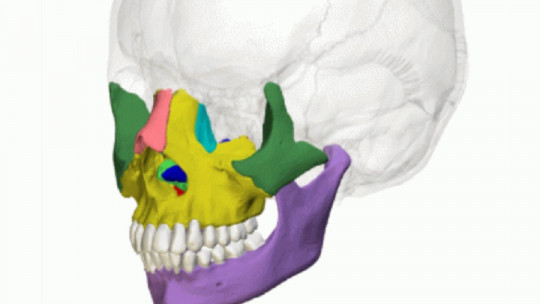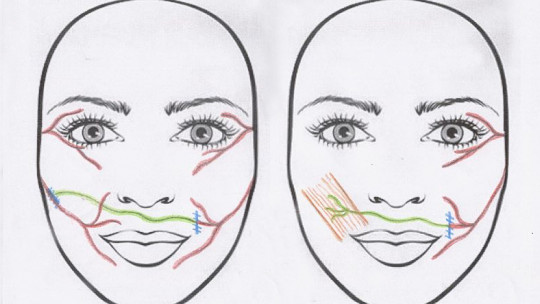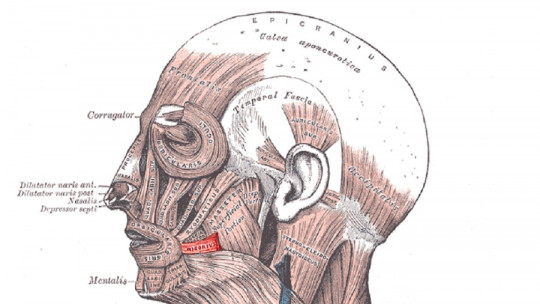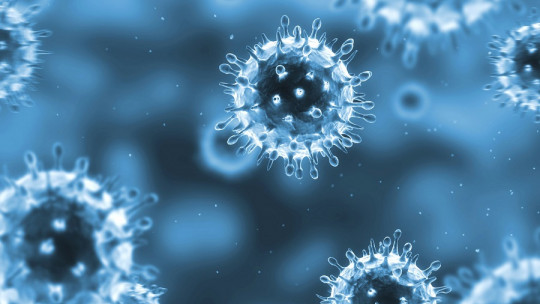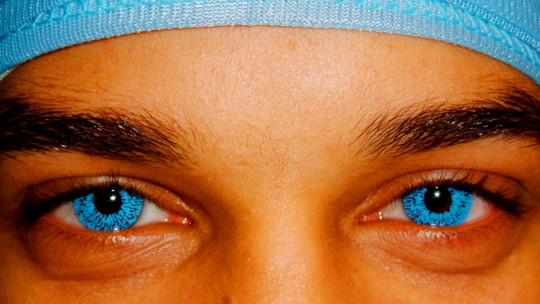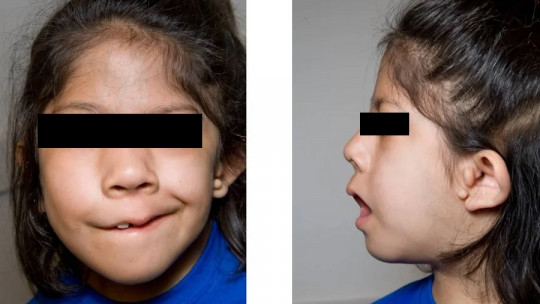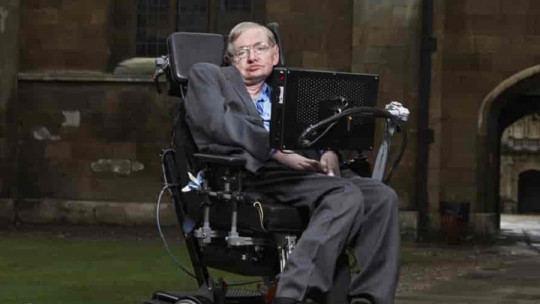It is said that the face is the mirror of the soul. Through the face, or rather faces, we can express emotions and moods: laughter, sadness, anger and most feelings are visible on our face. We use different facial expressions to adapt to communicative situations, whether consciously or not, we show the feelings that we consider appropriate or interest us depending on the place and environment in which we find ourselves.
This ability to change faces is called social face. Some people cannot express emotions through their face. This condition is known as animia, and it usually appears in some patients with catatonic schizophrenia or those diagnosed with major depression, in addition to being a common symptom in Parkinson’s disease.
A large percentage of people with Parkinson’s disease have great difficulty or complete inability to use emotional expressions in their communication and interactions. The relationship of animia with other symptoms that affect the muscles is unknown.
Animia is a motor disorder that affects all the muscles of the face. Changes in body language, combined with reduced facial expression and speech impediments, can make communication difficult and cause problems in social relationships for people with this condition.
In this article we will talk about animia its main effects, causes and possible treatments.
What is anima?
Animosity can be defined as the lack of ability to express emotions This condition can appear as a symptom of schizophrenia, in some melancholic patients, and is common in Parkinson’s disease. This condition is also called stone face or masked face. The scientific term for animia is hypomimia.
We have a total of 42 facial muscles. These muscles are used to show a multitude of different emotional states and feelings, often this happens without us being really aware of it.
Movement control is affected throughout the body in people with Parkinson’s disease. This includes the facial muscles needed to show emotions In some Parkinson’s patients and as the disease progresses, the different muscles of the face lose their ability to respond: they become stiff and slow to react, which makes the person’s expression appear blank and lack emotion.
The condition involves a disconnection between thinking and feeling , makes the face look different from what people are actually feeling, thinking, or saying. Patients with Parkinson’s disease may appear disinterested or even indifferent, when in reality this is not true. They may also appear to show no emotion or sometimes appear angry.
All of this can be a source of problems in social relationships with strangers and also in the close environment, which in the long run can lead to internal psychological difficulties. It is difficult for these patients to lose the ability to express love or other emotions to their family or closest circles. The person may have difficulty recognizing the expression of their own emotions in the mirror.
In the case of patients with catatonic schizophrenia or those diagnosed with major depression, animia does not problematically affect their psychological state. People are not aware of the loss of facial expression they suffer in these patients other psychological symptoms and mood alterations derived from their pathological condition weigh more.
Animia may differ in its expression from person to person, depending on the severity of the underlying condition. The associated physical symptoms can cause people to have trouble expressing themselves and maintaining relationships with others. Some treatments can help improve your muscles’ range of motion.
How does this symptom manifest?
Parkinson’s is a disorder of the nervous system that causes cognitive impairment. Parkinson’s disease, as well as all its manifestations, including animia, appear progressively and a series of phases are described. Not all Parkinson’s patients will have loss of facial expression, although most will
As the animia progresses, the patient’s eyes appear more open and the face will begin to exhibit abnormal movements, accompanied by facial rigidity. The expression on his face is serious, even expressionless, as if it were made of rubber. Additionally, many patients with animia develop bradykinesia, their muscles react more slowly than normal and are slow to move.
Little by little, with the loss of movement, the ability to show basic emotions also disappears; patients can no longer smile or raise their eyebrows to indicate surprise. More advanced stages of the disease can affect swallowing and the ability to communicate effectively.
Although in the early stages Parkinson’s patients may not have problems recognizing or feeling their own emotions, In the most serious stages it can be difficult to convey, but also understand, what others feel through the face
What causes animia?
At present, the exact reason that causes the appearance of animia is unknown. In the case of Parkinson’s disease, this condition affects the motor pathways of the brain, and it has been suggested that it could be due to the loss of cells in the gray matter of the brain region. Hypomimia occurs in 70% of Parkinson’s patients.
When the nerve endings that produce dopamine wear out or break, chemical messengers are no longer produced , like dopamine. This results in the loss of the ability to control motor function. Dopamine helps control muscle movements, and without enough dopamine, movement regulation is impaired. The lack of this substance affects the muscles of the face, as well as those of the entire body.
Several important ways that Parkinson’s disease can affect the facial muscles include:
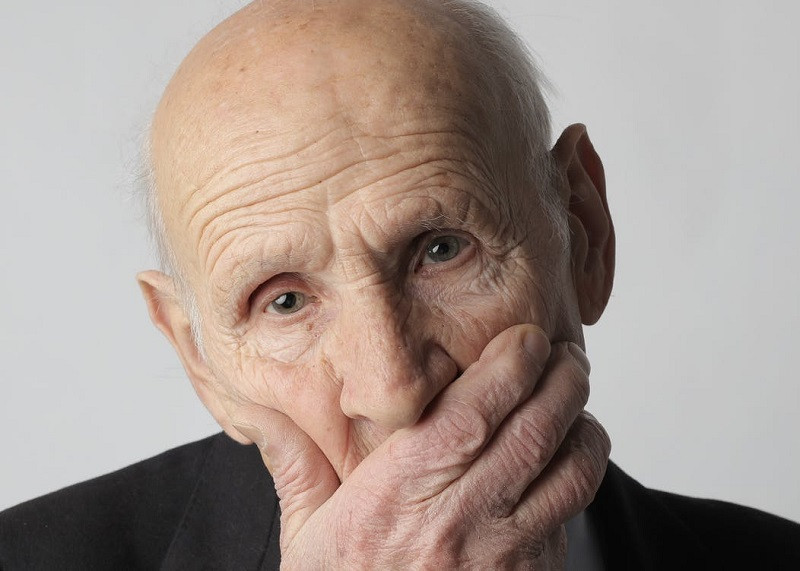
Treatment
As we have seen, animia is usually a common symptom of Parkinson’s disease. Treatment of the disease requires a multidisciplinary approach which includes: pharmacological treatment combined with physiotherapy, speech therapy, voice control and communication techniques.
Pharmacotherapy
Some medications, used in Parkinson’s disease to treat motor problems and expand range of motion, may also help reduce anxiety symptoms such as facial stiffness.
The main pharmacological treatment for Parkinson’s is Levodopa , which helps the brain produce dopamine, and combat the deficit associated with the loss of gray matter. The usefulness of this medication has been demonstrated in reducing the symptoms of loss of facial expression. Levodopa is usually combined with other medications to reduce its side effects.
Other drugs can stimulate the production of dopamine or other neuronal chemicals in the brain that are agonists of it, that is, they help increase its production. Which include some inhibitors used to treat depression
Physiotherapy and speech therapy
Physiotherapy and some techniques can also help reduce muscle stiffness and control tremors. Another highly recommended treatment option is speech therapy. A speech therapist can help with swallowing problems and other symptoms resulting from anxiety.
Voice control techniques
Voice control techniques can help people with Parkinson’s speak more clearly or increase pitch. The process incorporates specific voice and articulation work as well as other speech-related behaviors.
Communication techniques
You can try to improve direct communication with your immediate circle, explaining the illness and its effects on facial expressions and allowing others to ask questions about your own emotions. Engaging in creative and physical activities can also help combat animosity
All the treatments explained are carried out jointly. It is also more than advisable to carry out some type of therapy to deal with anxiety and, especially in the case of Parkinson’s, to diagnose and develop the disease.


